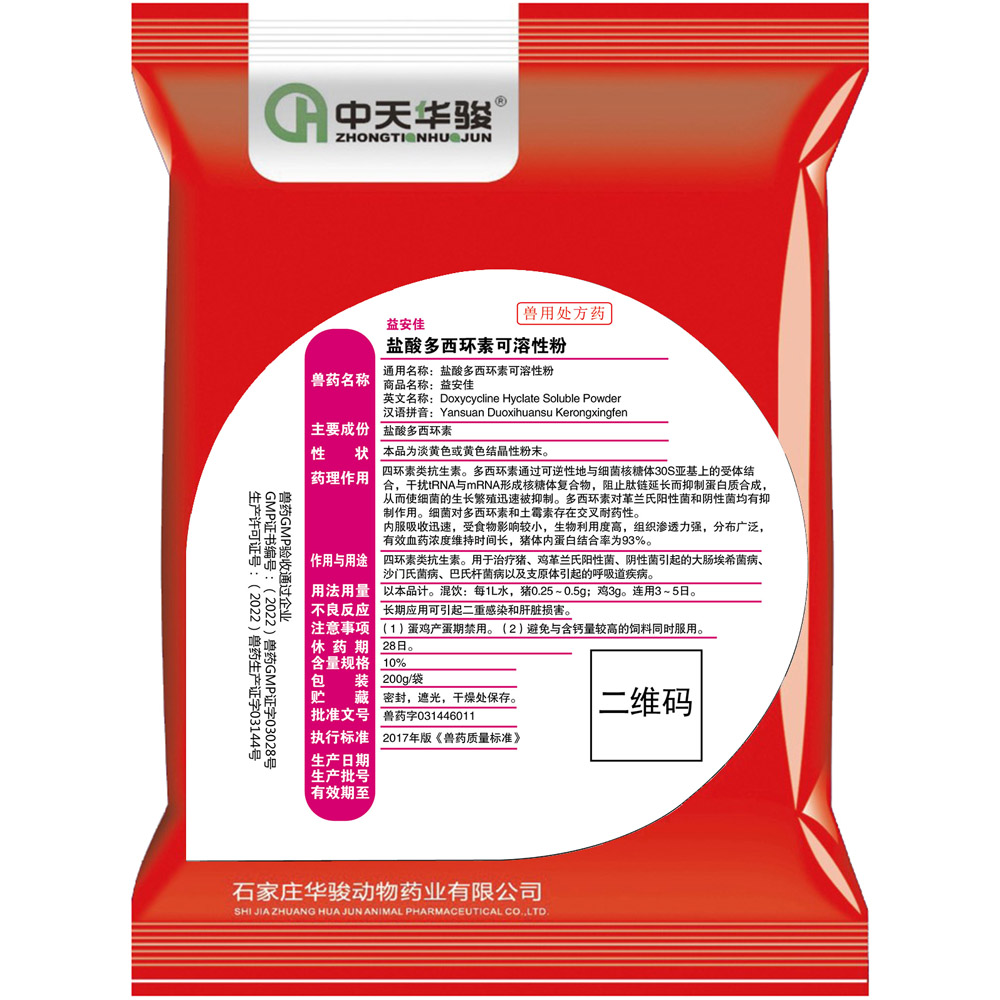
Okt . 18, 2024 18:51 Back to list
Tilmicosin Phosphate Manufacturing Process and Quality Control Techniques
The Tilmicosin Phosphate Factory An Overview
Tilmicosin phosphate is an important veterinary antibiotic used predominantly in the livestock industry. It is designed to combat respiratory infections in livestock such as cattle, pigs, and poultry. As the demand for safe and effective antibiotics in animal husbandry increases, the role of tilmicosin phosphate factories is becoming ever more critical. This article delves into the significance of such factories, their impacts on the agricultural sector, and the surrounding ethical and environmental considerations.
The Importance of Tilmicosin
Tilmicosin is a macrolide antibiotic derived from the fermentation of specific bacterial strains. It operates by inhibiting bacterial protein synthesis, thereby stifling the growth of infections. In veterinary practices, it is particularly effective against Mycoplasma and certain strains of Pasteurella, which are notorious for causing respiratory diseases in livestock. The economic implications of these diseases can be severe, as they can lead to increased mortality rates, reduced productivity, and, ultimately, financial losses for farmers.
Given the growing global population and the corresponding rise in meat consumption, there is an increasing need for reliable antibiotics like tilmicosin phosphate. The factories dedicated to producing this antibiotic play a pivotal role in ensuring that livestock are healthy, thereby contributing to a stable food supply chain.
The Manufacturing Process
The tilmicosin phosphate manufacturing process typically involves fermentation, extraction, and purification stages. Initially, specific bacteria are cultured to produce tilmicosin. Following fermentation, the compound is extracted using various methods, including filtration andcentration, to isolate it from the fermentation broth. Finally, purification steps ensure that the tilmicosin meets the necessary quality standards for veterinary use. It is then formulated into feed additives or injectable solutions, which can be administered to animals.
Quality control is a critical component of production in tilmicosin phosphate factories. Rigorous testing ensures that the final products are safe for animal consumption and effective in treating infections. Compliance with regulatory standards is necessary not only for market approval but also for the protection of consumers and livestock health.
tilmicosin phosphate factory

Environmental Considerations
While tilmicosin phosphate is essential for maintaining livestock health, its production raises environmental concerns. Antibiotic manufacturing can generate waste that, if not properly managed, might contaminate water sources. Moreover, the overuse of antibiotics in livestock can lead to the development of antibiotic-resistant bacteria, which pose a significant threat to both animal and human health.
To mitigate these risks, tilmicosin phosphate factories are increasingly adopting green manufacturing practices. This includes utilizing eco-friendly materials, reducing waste through recycling efforts, and implementing advanced treatment protocols for effluents. Such initiatives not only reduce ecological footprints but also enhance the overall sustainability of the livestock industry.
Ethical Considerations
The use of antibiotics in livestock also brings about ethical considerations, particularly regarding animal welfare and public health. The challenge lies in balancing the need for effective disease management with the principles of responsible antibiotic use. Veterinary professionals and factory operators must work together to ensure that antibiotics are used judiciously, to minimize the risk of developing antibiotic resistance.
Furthermore, the public's perception of antibiotic use in livestock can influence regulations and market dynamics. Transparency in manufacturing practices, as well as education about the responsible use of antibiotics, can foster consumer trust and promote more responsible consumption patterns.
Conclusion
The tilmicosin phosphate factory is a critical player in the agricultural sector, providing necessary solutions to combat livestock diseases. As these factories adapt to meet the growing demand, they must also confront environmental and ethical challenges head-on. By embracing sustainable practices and promoting responsible antibiotic use, tilmicosin phosphate factories can continue to support the health of livestock and the well-being of the public. The ongoing dialogue among industry professionals, regulators, and consumers will be vital in shaping the future of antibiotic use in agriculture.
-
Foot Rot Solutions by Top Manufacturers & Suppliers Factory Direct
NewsApr.29,2025
-
Trichodinids Solutions Reliable Factory, Manufacturer & Supplier
NewsApr.29,2025
-
Fowl Plague Prevention & Control Top Manufacturers & Suppliers
NewsApr.29,2025
-
Premium Young Chicken Suppliers Trusted Manufacturers & Factory
NewsApr.28,2025
-
High Mortality-Resistant Solutions Durable & Reliable Industrial Gear
NewsApr.28,2025
-
Premium Pour-On Solution Manufacturers Reliable Supplier & Factory
NewsApr.28,2025




